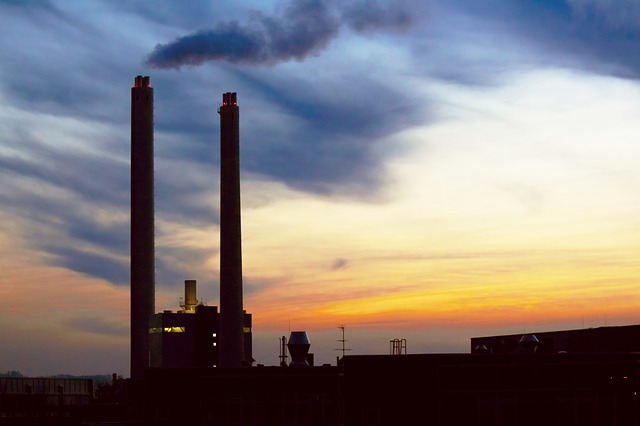The industrial revolution was the period from 1760 to 1820 when the economies of rural America and Europe became urban and industrial, they transitioned from being agricultural economies to those of industrial ones. In the 1700’s when the industrial revolution began in Britain, the way of manufacturing goods completely changed. Goods were usually manufactured using simple machines and hand tools in people’s homes and with the advent of the industrial revolution, there arrived specialized machinery that were set-up in huge factories where goods were mass produced.

There were huge improvements in the textile and iron industries. Steam locomotives were also developed during this period. This brought in improved communication, transportation and banking services. There were huge volumes of goods being produced, that was seen never before by the likes of men. There was also greater variety and it improved the standard of living for some. But, the standard of living for a lot was miserable, to say the least. The wealthy and business owners had the means and knowledge to make more money while the workers in the factories suffered. So, the industrial revolution has its positives and its negatives as we can see. So, let me list them down for you.
Positive effects of the industrial revolution:
Innovation:
The industrial revolution ushered in an era of innovation that would change the way humans lived. The steam engine paved way for faster transport. The steam engine powered trains increased trade and communication between places that previously were too far to have proper economic ties with. Rail tracks and rails became more common across the world. The steam powered boats also made maritime travel faster. Steam powered ships were faster and steadier even in dire weather conditions. Agriculture was also improved. Farmers found ways to grow more and also make farms more uniform and larger, they found a crop rotation system that allowed them to use the land throughout the year and not wait for seasons to pass. Inventions and innovations in the textile industry such as the flying shuttle, spinning jenny and power looms all together almost increased textile production ten-fold. The first synthetic dyes were also invented during this period. There were also new methods to produce cast iron more easily and methods to mass produce steel were also found during this period. Telegraphs and electric power and lighting also made their way to the scene. It was an era of great innovation and invention. The likes of which paved the way for the modern world we live in.
More and More:
There were higher standards of living with a portion of the population having more disposable income than before. There were more jobs than previously available, factories needed more workers than ever before. Products became more affordable due to mass production and there was also a larger variety than ever before. Cities started developing, gone were the days where people lived in small towns or villages. Concrete jungles where millions resided started taking shape. Services like banking, communication, transportation all saw an increase in number and quality. Telegraph lines were successfully laid across the Atlantic. The economy saw great growth during this period.
Negative effects of the industrial revolution:
The condition of the poor and working class:
The weaker sections of the society now had it more rough than ever. A lot of people form rural areas migrated to cities in search of jobs as back home in their small towns and villages, their home based small scale industries couldn’t compete with the mass-produced goods of the factories with advanced machinery. They couldn’t compete either in quality or price and hence just shifted to cities in search of jobs. However, even though there were more jobs than ever, there were also more people than ever who were looking for jobs. This led to the creation of slums and since demand for jobs was high, factory owners chose to exploit the opportunity and provide very low wage. Even though the jobs were badly paid for, a lot of people rushed to take these jobs as they were in a very desperate state. Survival was the primary agenda. This period also saw the workers working in some of the most dangerous conditions. Cramped spaces with machines which had dangerous parts exposed were common place. The number of accidents and deaths that occurred in factories was quite high. Workers also worked anywhere between 10-14 hour shifts 6 days a week and were also paid minimal wages for the same.
Child labor:
To make matters worse. Factory owners chose to exploit children too. Children could do the same work an adult did at the fraction of an adult’s wage and they were easier to control and also were small and this made them ideal to work in small confined areas that a normal adult wouldn’t fit in.




more types of transport!!!!!!!!!!!!!!!!!!!!!!!!!!!!!!!!!!!!!!!!!!!!!!!!!!!!!!!!!!!!!!!!!!!!!!!!!!!!!!!!!!!!!!!!!!!!!!!!!!!!!!!!!!!!!!!!!!!!!!!!!!!!!!!!!!!!!!!!!!!!